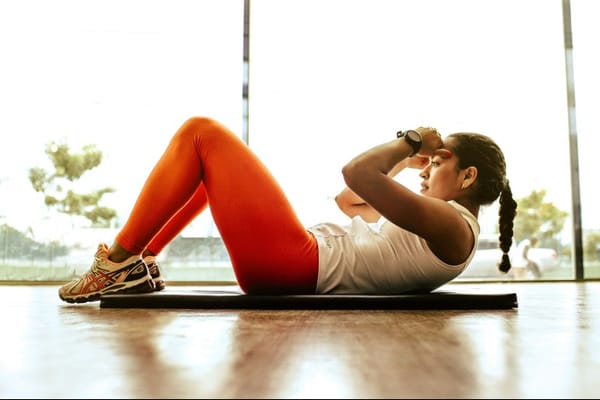As men enter their 40s, maintaining physical fitness becomes increasingly crucial for longevity, muscle strength, joint mobility, and cardiovascular health. This guide explores seven essential exercises tailored to address the unique fitness needs of men over 40, helping them stay fit, strong, and healthy as they age.
Trap Bar Deadlifts for Lower Body Strength
Trap bar deadlifts are an excellent exercise for developing lower body strength, offering several advantages over traditional barbell deadlifts. They allow lifters to handle heavier weights, with most people able to lift 5-10% more using a trap bar compared to a straight barbell[1][4]. This exercise places less stress on the lumbar spine due to a more upright torso position, making it a safer alternative for those with low back issues[2]. Trap bar deadlifts also provide greater flexibility in movement, allowing lifters to adjust their technique to emphasize either hip or knee dominance[4]. Research has shown that trap bar deadlifts produce higher peak power and velocity outputs compared to conventional deadlifts, potentially offering superior transfer to sports performance[4]. Additionally, the trap bar's design with high and low handles accommodates various body types and flexibility levels, making it more accessible for beginners and taller individuals[2].
Low-Impact Swimming for Cardio
Cable lateral raises are an effective exercise for targeting the middle deltoid muscle and promoting shoulder health. This exercise strengthens the infraspinatus and subscapularis muscles in the rotator cuff, enhancing shoulder stability and range of motion[1]. When combined with frontal raises, cable lateral raises contribute to a balanced, well-rounded shoulder development[1]. The cable machine provides constant tension throughout the movement, potentially offering superior muscle activation compared to dumbbell variations[2]. Additionally, cable lateral raises can be performed unilaterally, allowing for correction of muscle imbalances and improved shoulder stabilization[2]. The exercise also engages supporting muscles like the serratus anterior and trapezius, contributing to overall upper body strength and posture[2]. To maximize benefits and minimize injury risk, it's crucial to maintain proper form, avoiding common mistakes such as swinging the arms or lifting the weights too high[4].
Cable Lateral Raises for Shoulder Health
Cable lateral raises are an effective exercise for targeting the middle deltoid muscle and promoting shoulder health. This exercise strengthens the infraspinatus and subscapularis muscles in the rotator cuff, enhancing shoulder stability and range of motion[1]. When combined with frontal raises, cable lateral raises contribute to a balanced, well-rounded shoulder development[1]. The cable machine provides constant tension throughout the movement, potentially offering superior muscle activation compared to dumbbell variations[2]. Additionally, cable lateral raises can be performed unilaterally, allowing for correction of muscle imbalances and improved shoulder stabilization[2]. The exercise also engages supporting muscles like the serratus anterior and trapezius, contributing to overall upper body strength and posture[2]. To maximize benefits and minimize injury risk, it's crucial to maintain proper form, avoiding common mistakes such as swinging the arms or lifting the weights too high[4].













Member discussion